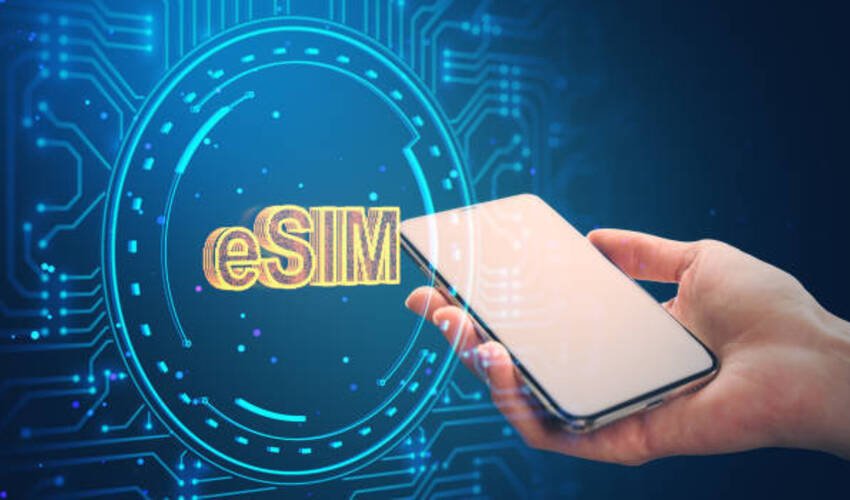When we hear the word EdTech most of us imagine online education as an alternative to a high school or university one. But actually, the idea is rather complicated: it combines all ways of using technology within the educational process – from interactive school whiteboards to VR practices for surgical simulations and onboarding process for professional activity.
However, in most cases teaching through the web is the most popular EdTech trend, which has already gained a strong position in the market. EdTech has also been one of the most popular sectors for investment for the last few years, preceding the pandemics.
The Future of Education
2020 was the period when many universities were closed. People studied remotely: lectures were held in Zoom or on other platforms, people were completing their assignments, communicating in messengers with peers and professors, and used LMS systems widely. According to venture investment research that analyzed people’s interest in EdTech, higher education EdTech products increased in popularity 59% more compared to 2019. Corporate training products got 54% more attention than in 2019, and lifelong learning projects like Skillshare or Duolingo were googled 37% more often than in 2019. So, EdTech projects from various sectors came in handy during the pandemics and helped people become better on a daily basis, dealing with “the new reality.”
Many teachers and students all over the world admit that the educational system was not ready to shift from traditional face-to-face learning to online education. The tools available or chosen were poorly designed and unable to provide the same learning experience and keep the promise to students (like providing the skills needed to get the desired job). This situation caused a boost in the development of new, convenient, and effective tools to learn from home.
Trends in Ed-Tech caused by the pandemics
Personalization of educational content is the key trend and influence in the Ed-Tech world brought to us by pandemics. Students no longer can stand generalized and rough material, they are looking to make their learning experience really meaningful and interesting, giving them the desired result – knowledge.
Video lectures were the most widespread way to learn. This method is easy to comprehend and implement, they are also cost-effective. However, they are not the same as university classes students are used to. An element of discussion is often missing with video lectures, however, the resulting level of knowledge is usually the same.
Step by step, traditional education shifts towards a personalized curriculum that is comfortable to a student first. Instructure and Canvas are good examples of such programs. These programs are extremely flexible to each person’s needs or allow them to build their own learning process.
Personalized and computerized education is here to stay
Surely, it is hard to implement a proper level of personalization at any EdTech product without involving Big Data and AI technologies, which were widespread in the Ed-Tech projects during the pandemics. They collect the needed information to improve the learning experience, track progress, identify behavioral patterns and solutions, provide better ways to remember information and check the papers effectively. used in educational products widely in order to analyze student behavior, create learning algorithms, and check homework.
In 2016, students from the Georgia Institute of Technology worked for five months with instructor Jill Watson – she helped them in a learning forum to prepare papers. The students didn’t find out that Jill was not a real person, but an artificial intelligence system powered by IBM Watson until nearly six months later. Since March 2019, Belgian schools maintained most of their lessons using the British learning platform Century Tech. The core technology there involves artificial intelligence.
The system analyzes the interests of the student, his level, and gaps in knowledge and, based on this data, offers them individualized content. Similar projects exist in China or Australia. COVID-19 proved that personalization in education helps to remember the material better and reduces anxiety caused by lockdown and lack of communication.
VR and AR Tools
Among other technological trends in education, VR and AR tools are getting more and more essential for learning. Up to this moment, VR and AR are mostly adopted by corporations to onboard or boost the skills of their in-house professionals, because such technologies are expensive for universities and schools. According to ABI Research analysis, by 2022 the global corporate training market that involves VR will get to a $6.3 billion market estimation.
VR technologies are used today in different areas, from manufacturing and medical sciences to advanced corporate customer support or account managers training who upgrade their communication skills with customers.
The spread of AR/VR-technology is promoted by the fact that it is becoming more and more accessible: Now the simplest VR-glasses for smartphones can be purchased for $10.
Common observations
Among the EdTech projects, the most popular were the platforms that provide access to different educational content that can be modified according to the needed focus, meaning the educational process will be relevant and personalized.
Google Classroom was widely used, according to the statistics, the project experienced a 2 times increase in the userbase. Similar to Google Classroom, other projects that connect teachers with students also experienced a boost in traffic and interest. Online platforms that allow for studying together with a teacher and by students independently will only continue to grow.
Despite the fact that most students got more time on their hands, services that provide help with essays also prospered, because students were as stressed as ever during the COVID-19 and the quality of education didn’t get better. An idea to pay someone to write my term paper looks now as good as ever to many students. This solution offers a timely response to learning in uncertain times.
Tutoring, classes, and extracurricular activities shifted to online and all the services that provided a fast, easy and convenient platform to perform one of these educational tasks were in high demand like Coursera, Skillshare, Masterclass, and even Zoom.
Zoom lectures are here to stay. Students of all kinds need to readjust to a new reality of having a backup plan to learn and study. It made people reconsider their priorities. The next projects in EdTech should be as versatile and convenient as possible, providing amazing user experience and solving not only functional problems of access to education but also reducing anxiety caused by uncertainty.
Read Dive is a leading technology blog focusing on different domains like Blockchain, AI, Chatbot, Fintech, Health Tech, Software Development and Testing. For guest blogging, please feel free to contact at readdive@gmail.com.





